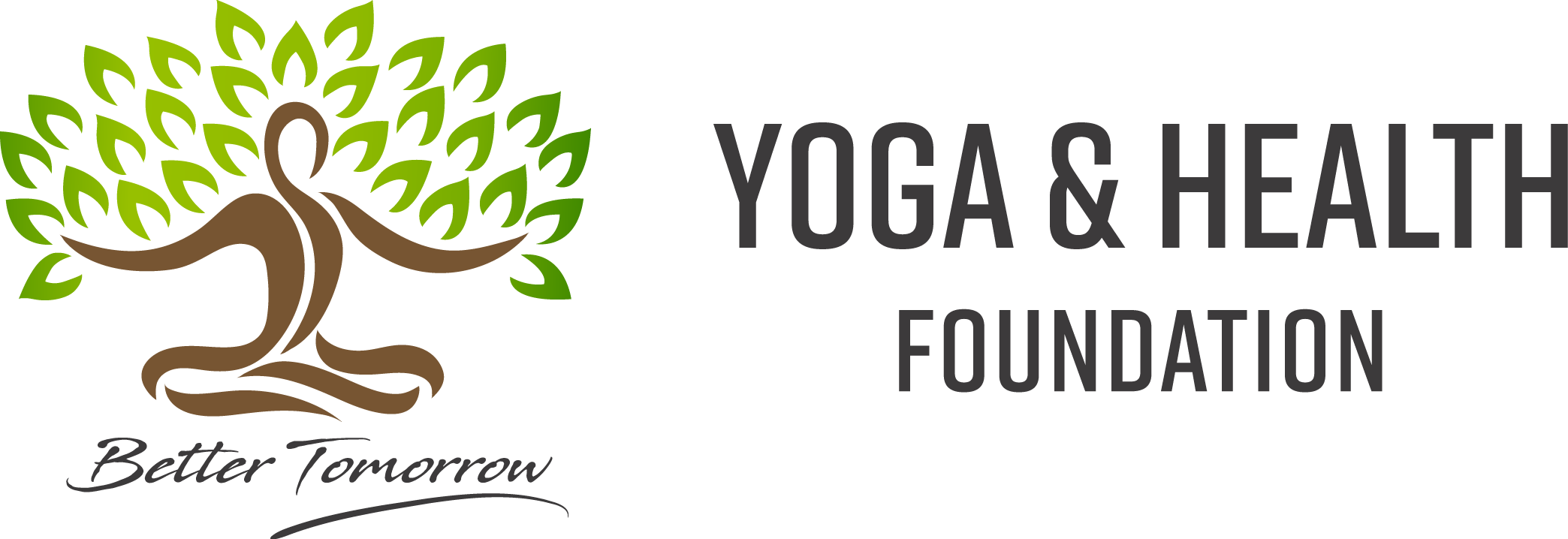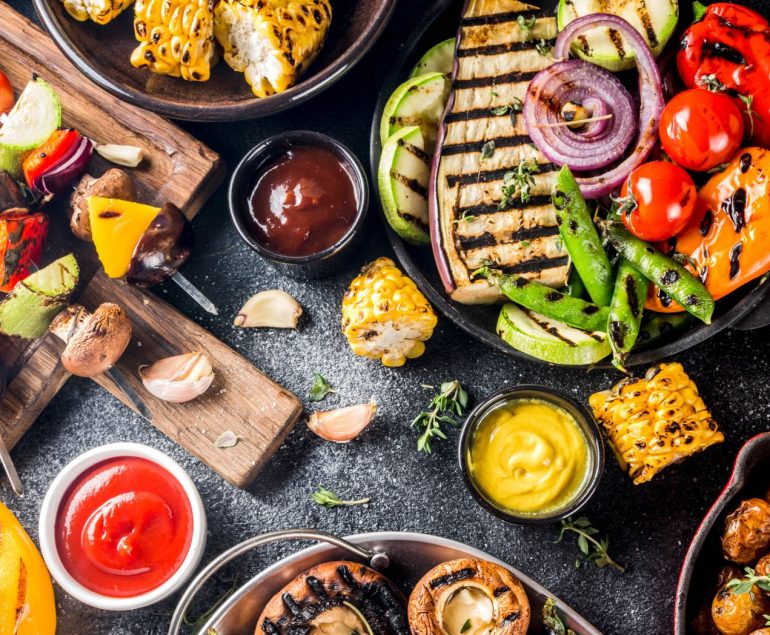One of the most powerful ways you can affect your health is deciding what to put on your plate. It’s also one of the most substantial actions you can take to support – or destroy – our environment.
Human and planetary health are interconnected, and your food choices inherently affect both. Scholar and author Dr. Gregory Tague writes, “There are no boundaries between health/illness and sustainability/climate ruin, only choices about which side of the equation one desires.”
In this piece, I’m speaking to readers who have the means to make decisions about their own nutrition. Food insecurity should be included in discussions about what’s on our plates, but is beyond the scope of my focus here: food choices by individuals who are able to make them.
Animal agriculture is one of the most environmentally destructive forces on our planet, and one of the biggest contributors to climate change. Animal agriculture is responsible for massive biodiversity losses, 80% of annual world deforestation, and one of the top ten sources of pollution in the world (animal waste).
Animal agriculture contributes at least 14.5% of all human-caused greenhouse gases (similar to all forms of transportation combined, at 14.2%), and worldwide greenhouse gas emissions from animal-based foods are twice those of plant-based foods.
Data scientist Dr. Karthik Sekar says, “One of the reasons why animal agriculture is so calamitous for the environment is because it’s so inefficient.” It takes about ten pounds of grain to produce one pound of meat, and almost 1,000 litres of water to produce one litre of cow’s milk.
Moving away from animal products is one of the most effective things you can do to support our environment. The International Panel on Climate Change recognizes consuming plant-based diets as a key mitigation strategy for climate change.
Eating in a way that supports our planet also supports your health. Vegan diets are associated with higher micronutrient and fibre intakes, and a reduced risk of heart disease, diabetes, and many types of cancer.
Focusing on filling your plate with whole, plant-based ingredients doesn’t just decrease your risk of chronic disease – it also decreases your grocery bill. In an informal study my fitness and nutrition coaching team conducted, vegans spent an average of 22% less than omnivores on their grocery bills.
Load up on bulk pantry staples like dried legumes, oats, rice, and pasta, and fill things out with fresh and/or frozen vegetables and fruit, nuts, seeds, and protein-rich items like tofu and tempeh. Seitan has been used as a meat substitute for hundreds of years in East Asia.
Developed by vegetarian Buddhist monks, it’s easy (and economical) to make your own, and it’s higher in protein than most animal meats! There are many meat and dairy alternatives and specialty vegan products on the market today; they’re by no means necessary, but they make replacing animal-based foods even easier.
If you’re new to plant-based eating, start gradually. Start by “veganizing” your breakfasts. Try toast with nut butter, oatmeal with fruit and non-dairy milk, or an English muffin with a plant-based sausage patty (the Gardein brand is available at our local grocery stores). Over several weeks or months, move to lunches, then snacks, then dinners.
Fill your plate with as many plant-based foods as you can. Try new-to-you ingredients, and focus on variety. For human and planetary health, a plant-based diet isn’t just recommended – it’s necessary.
About the Author
Karina Inkster (a.k.a. Coach K) is a vegan fitness coach, author, and speaker. Founder of K.I. Health & Fitness, she helps vegans worldwide get strong and build lifelong health habits. Karina holds a Masters in Gerontology, hosts the No-Bullsh!t Vegan podcast, and her work has been featured by major media outlets.
https://www.karinainkster.com/
https://www.instagram.com/karinainkster/



